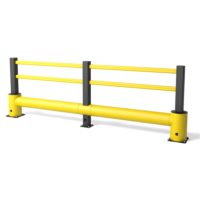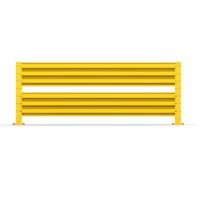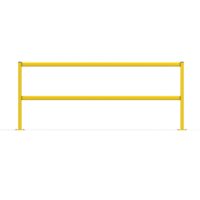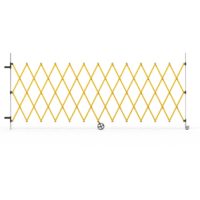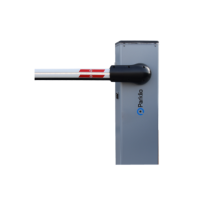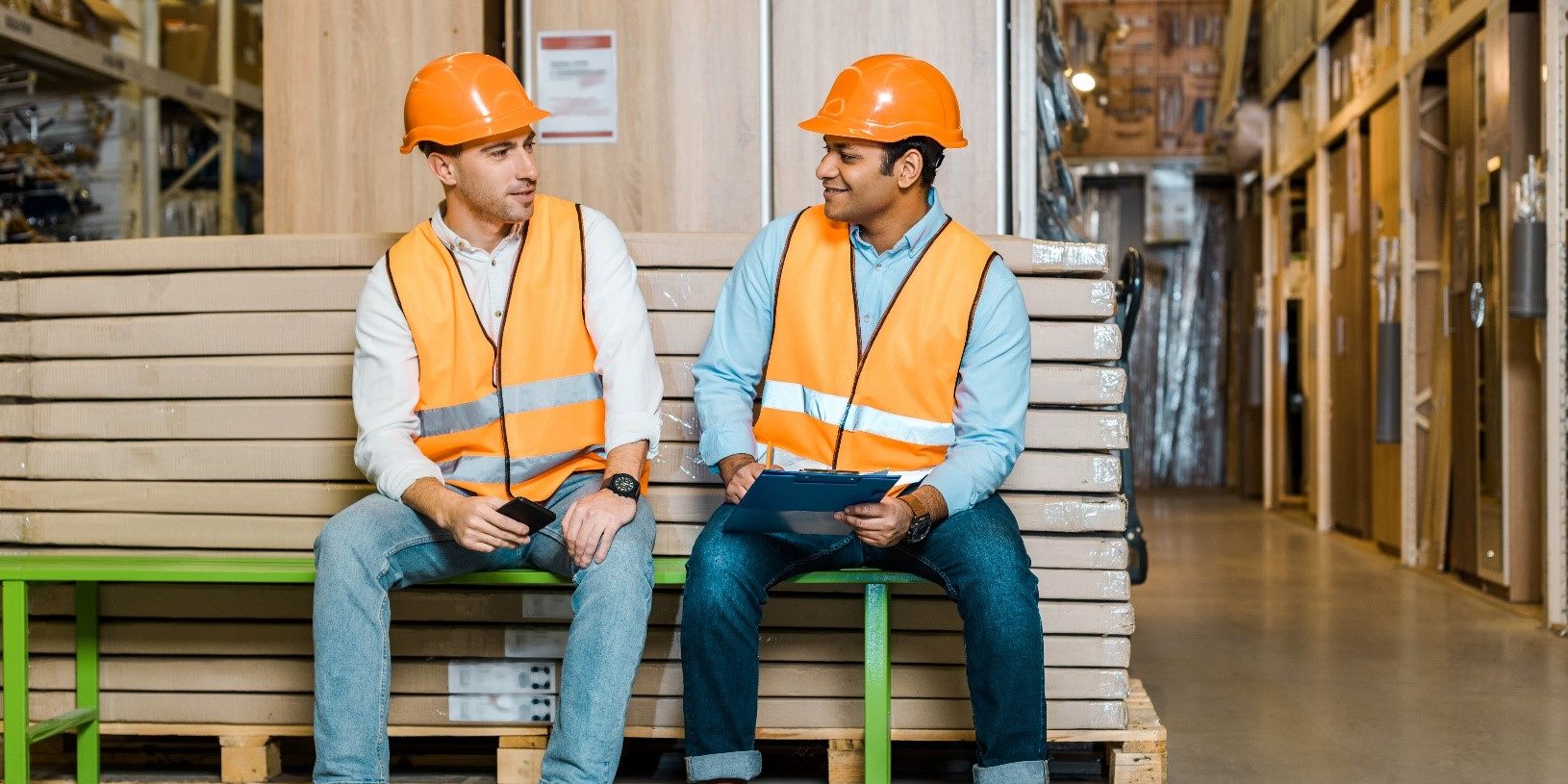You know how you want incidents to be reported, how accidents will be investigated, how future safety training will be implemented, and where safety barriers will be installed. You’ve got it all worked out. There’s just one problem—why won’t your workers buy into your vision?
Lack of buy-in from workers is one of the top reasons why health and safety practices fail to produce desirable results. This can happen for many reasons. Perhaps your workers don’t understand the benefits, consider the new procedures inconvenient, or just don’t believe that you are really looking out for them. Whatever the reason, your ability to communicate your health and safety vision is often the difference between success and failure.
The difference between a good health and safety vision and a great one is how far down the ladder those practices are internalised. Unfortunately for many businesses, good visions don’t always make it beyond the manager’s office. Here’s why.
1. Health and safety leaders aren’t walking the walk
You can’t expect much from your workers if you’re not putting your own words into practice. Every good health and safety culture starts at the top. If you’re spending any time on the warehouse floor, make sure that you are setting an example and demonstrating the procedures you expect from your workers.
2. Workers don’t know who to come to for answers
You told your workers what form to fill out when reporting an accident, but do they know where those forms are kept? Do they know who to speak to if they have a question? It’s okay if your workers don’t have all the answers, all the time. What’s important is that they are making the effort to learn, but they can’t do that if you’ve made the necessary information too hard to find. An open-door policy is a great start. Let your workers know that help is available.
3. Workers don’t see any reward or consequence unless an incident occurs
Many workers need to be reminded regularly of their health and safety practices, but if all you’re doing is showing them training videos they’ll eventually tune out. Don’t wait until an incident occurs to spur your workers to action. Conduct regular health and safety audits of your workplace. Single out great examples and reward them. You don’t need to shame or punish workers for not meeting your health and safety standards, but use the negatives you discover to frame your training in such a way that your workers feel engaged. They are more likely to relate to training if you can site specific bad habits that your workers recognise in themselves.
4. Training is only done once and then forgotten
If the only health and safety training your workers receive is during their orientation, your health and safety vision is likely to fizzle. Ongoing training is vital to sustained success. Consider monthly or quarterly toolbox talks to keep health and safety on everyone’s minds.
5. No safety barriers to make danger areas identifiable
Do your workers know where they are most at risk of an accident? Communicating danger areas through visible cues and safety barriers is important. Any forklift safety protocol, for example, should include forklift barriers to separate workers from machinery traffic. Don’t just tell your workers what to do. Show them where to go.
Show your workers what health and safety means to you
From toolbox talks to warehouse safety equipment, achieving a total buy-in of your health and safety vision will require a sustained and dynamic approach. When it comes to safety barriers, however, Dexsafe has you covered. With barriers for forklifts and pedestrians, as well as expanding barriers for gates and entryways, Dexsafe offers the right barrier for any workplace safety need. Contact Dexsafe today to learn how you can send your workers home safe every day.

